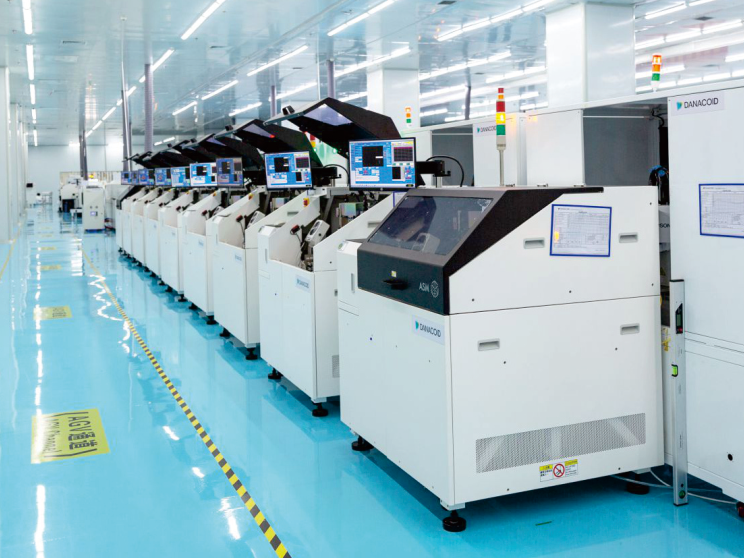An equalizer is a tool that lets you adjust specific frequency ranges in an audio signal. It helps you shape the sound to match your preferences or needs. Whether you're mixing tracks in a studio or just tweaking music on your headphones, understanding how equalizer work can transform your listening experience.
How Does an Equalizer Work?
The Role of Filters in Audio Processing
Filters are the backbone of how an equalizer works. They let you target specific parts of the audio spectrum, like the bass, mids, or treble. Think of filters as tools that either boost or cut certain frequencies. For example, a high-pass filter removes low frequencies, letting only the higher ones through. On the other hand, a low-pass filter does the opposite, cutting out the highs. There are also bell filters, which focus on a narrow range, and shelving filters, which adjust everything above or below a certain point. By using these filters, you can shape the sound to fit your needs, whether you're cleaning up muddy audio or adding sparkle to vocals.
Key Parameters: Frequency, Gain, and Q-Factor
When you adjust an equalizer, you’ll deal with three main settings: frequency, gain, and Q-factor. Frequency determines which part of the sound spectrum you’re targeting. Gain controls how much you boost or cut that frequency. The Q-factor, or "quality factor," decides how wide or narrow the adjustment is. A high Q-factor focuses on a small range, while a low Q-factor affects a broader area. Understanding these parameters is key to making an equalizer work effectively. For instance, if a guitar sounds too harsh, you might lower the gain at a specific frequency with a narrow Q-factor to soften it.
Adjusting Frequencies to Shape Sound
Using an equalizer is like sculpting sound. You can enhance the bass to make music feel fuller or reduce harsh treble to create a smoother listening experience. Start by identifying what’s missing or overwhelming in the audio. Is the bass too boomy? Lower the low frequencies. Are the vocals getting lost? Boost the mids. Small adjustments often make a big difference. The goal isn’t to overdo it but to create a balanced mix that sounds natural. With practice, you’ll get better at hearing what needs tweaking and using the equalizer to fix it.
Practical Tips for Using Equalizers
Identifying and Addressing Problem Frequencies
When you’re working with an equalizer, the first step is to identify problem frequencies. Listen carefully to the audio. Does something sound off? Maybe the bass feels too heavy, or the vocals seem buried. Once you spot the issue, use your equalizer to target the specific frequency range. For example, if the audio sounds muddy, try reducing the low-mid frequencies around 200-500 Hz. If there’s a harsh ringing, sweep through the high-mids (2-5 kHz) to find and cut the offending frequency. Trust your ears and make small adjustments until the sound feels balanced.
Tips for Frequency Adjustments in Different Scenarios
Different situations call for different equalizer settings. For music, you might want to enhance the bass for a fuller sound or brighten the treble for clarity. In podcasts, focus on the midrange to make voices stand out. For live performances, cut low frequencies to reduce rumble and feedback. Always consider the environment and the type of audio you’re working with. A good rule of thumb is to make subtle changes. Overdoing it can make the audio sound unnatural.
Avoiding Common Equalization Mistakes
It’s easy to go overboard with an equalizer. Boosting too many frequencies can make the mix sound cluttered. Cutting too much can leave it flat and lifeless. Avoid relying on presets without listening carefully. They’re a starting point, not a one-size-fits-all solution. Also, don’t forget to check your adjustments in context. A change that sounds good on its own might not work well in the full mix. Keep your goal in mind: a natural, balanced sound.
Understanding how equalizers work can transform the way you experience sound. They’re not just tools; they’re your gateway to better audio. Experiment with different settings. Play around with frequencies. You’ll discover how small tweaks can make a big difference.









